6 unusual tactics for bass sound design
Half a dozen signal processing tricks for turning a variety of sounds into bottom-heavy drivers

Arguably more than any other track element, designing bass sounds requires a precise and fairly scientific approach.
Creating a powerful bass that still manages to avoid muddiness can be a daunting task and, possibly for this reason, producers tend to be less experimental when it comes to bass compared with other track elements, often favouring tried-and-tested bass sounds rather than thinking outside the box. This is a shame, because getting experimental with your bass can lead to results that will make your tracks stand out from the crowd.
In broad terms, pretty much any sound pitched, EQed or filtered down to the appropriate frequency can be transformed into a bass part. The trick is to use a source that will work well with other elements of your track, in terms of its character and the space it occupies in the frequency spectrum. For instance, if your track already has a sub-heavy kick, try exploring bass sounds at frequencies that sit just above its main weighty body. Alternatively, use a bass rhythm that hits different beats to the kick for rhythmic interplay between the two low elements.
While, as they say, rules are there to be broken, there are a few guides worth following in order to keep your bass experiments from getting too chaotic. Firstly, keep things in mono; if you do want to add some stereo interest to your sound, add it in the upper frequencies, either using multiband and mid/side processing, or perhaps in a separate layer. Secondly, sidechain compression is your friend. A carefully set up compressor allows low frequency elements - such as a kick and bass - to duck one another, which is invaluable when trying to avoid bloated, muddied and ill-defined bass in the mix.
With all that said, let's check out some techniques for creating unorthodox bass tones.
For much more bass production advice, grab the November 2017 edition of Computer Music.
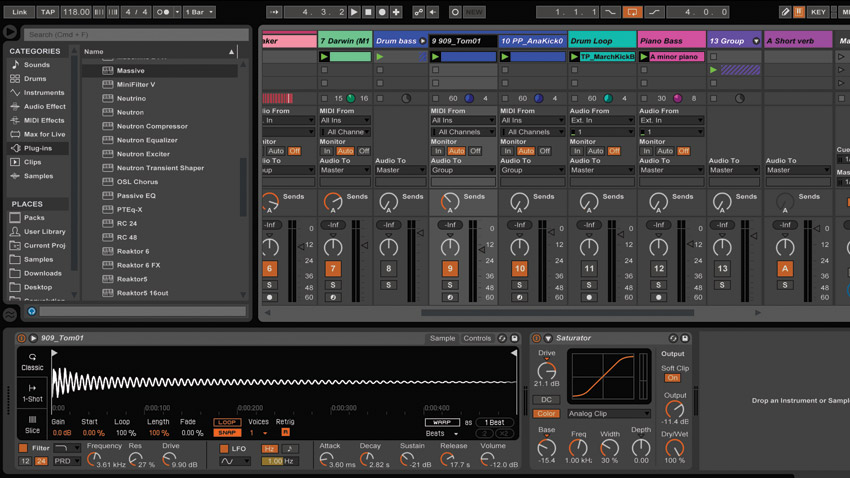
1. Bass - as opposed to kick - drums
Pitched-down drums are a classic way to create basslines that also pack a percussive punch. Sounds with a clear pitched character - such as toms or congas - work best. Try to tune and EQ your drum so that it sits at a frequency that complements (rather than clashes with) your kick. It’s been done many times before, but try taking things further with multi-layered patterns, polyrhythms or creative effects.
Want all the hottest music and gear news, reviews, deals, features and more, direct to your inbox? Sign up here.
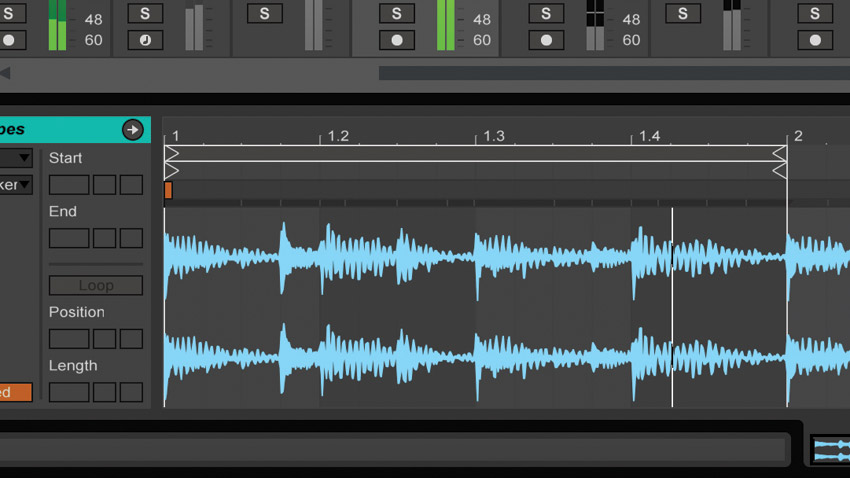
2. Low-end loops
Full drum loops can be repurposed as rumbling basslines. Take an acoustic drum loop - preferably something with a few tom hits and a nicely resonant kick - then pitch it down and/or filter out the higher frequencies. Aggressive compression sidechained to your track’s kick will help this blend into the main groove.
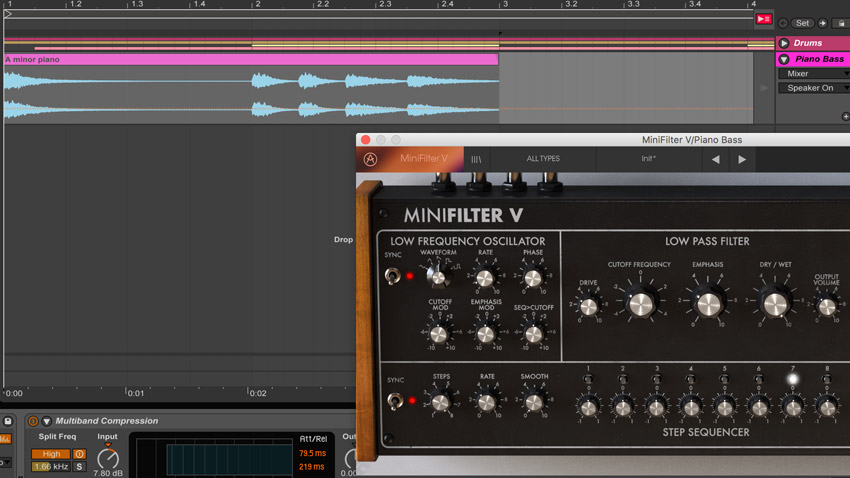
3. Piano power
A reverb-drenched piano progression can be turned into a rich bassline by filtering out the higher notes and boosting the bass frequencies. Using full chords for bass notes may sound counterproductive, but letting some higher frequencies sneak through the filter will add plenty of harmonic character to your bass progression. An analogue-style filter with overdrive can lend extra character.
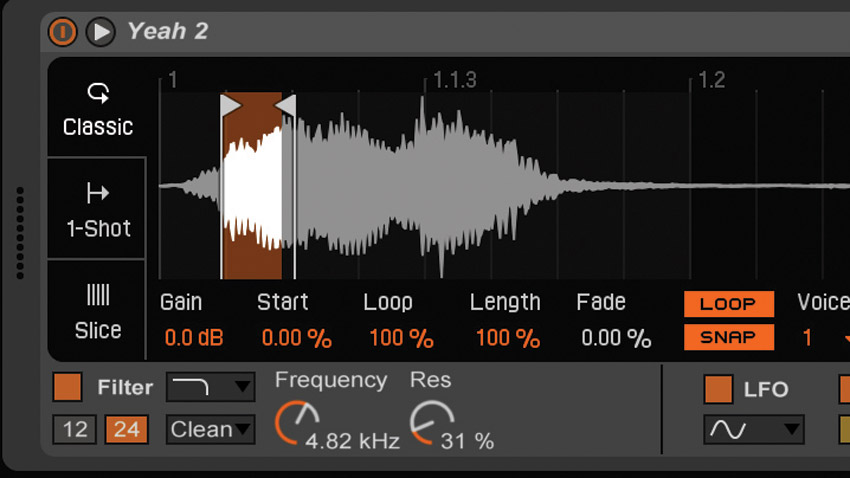
4. You're the voice
Sampling and pitching down a simple vocal phrase can create a uniquely textural bass sound. The trick here is to experiment with a sampler with flexible choices of pitch/warp algorithms, such as Live’s Simpler. Using different warp modes and looping small sections of the sample will allow you to create everything from punchy bass hits to granular drones.
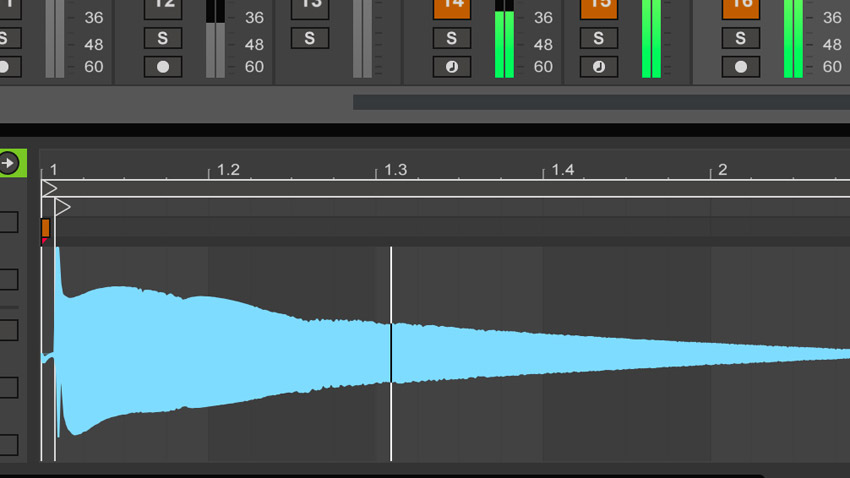
5. Sweeping statements
Transition FX like filter sweeps, risers and impacts can be transformed into dramatic bass sounds when pitched down one or two octaves. Create a classic analogue-style white noise sweep with lots of filter resonance, render it and pitch it down an octave or two. Your resonant sweep will now morph into a diving block of bass as it hits the lower frequencies.
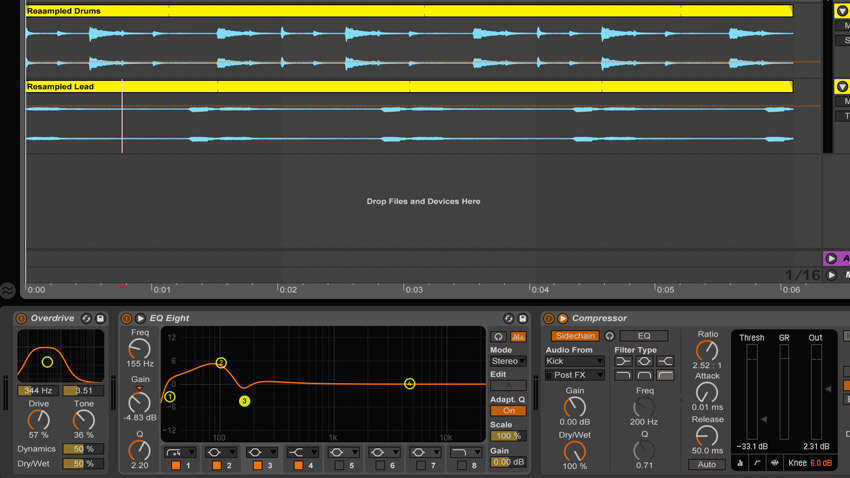
6. Work with what you've got
If you’re stuck for a bass sound that will work with a particular melody, try rendering and pitching different elements of the track. Pitch down and edit your lead to create a complementary bass part, repurpose your percussion rhythms as driving bass patterns, or even render reverb and delay sends and turn them into rumbling bass drones.
Computer Music magazine is the world’s best selling publication dedicated solely to making great music with your Mac or PC computer. Each issue it brings its lucky readers the best in cutting-edge tutorials, need-to-know, expert software reviews and even all the tools you actually need to make great music today, courtesy of our legendary CM Plugin Suite.
